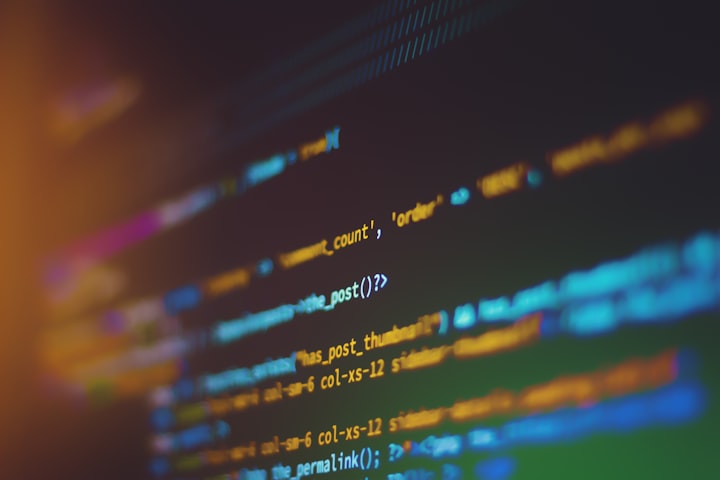Unveiling the Power and Simplicity of Python Programming Language
It's an article about the Programming language Python

In the ever-evolving landscape of technology, programming languages serve as the building blocks upon which digital innovation thrives. Among the myriad options available to developers, Python stands out as a versatile, user-friendly language with a rich ecosystem and widespread adoption. From web development to data science, Python's simplicity and power have propelled it to the forefront of the programming world.
A Brief History:
Python, conceived by Guido van Rossum in the late 1980s, emerged as a response to the complexities of existing programming languages. Guido aimed to create a language that prioritized readability and simplicity without sacrificing functionality. Python's inaugural release in 1991 laid the foundation for its growth, fos usetering a community-driven development model that continues to thrive today.
Simplicity and Readability:
At the core of Python's appeal lies its clean and intuitive syntax, which emphasizes readability and reduces the cognitive load on developers. With its minimalist design philosophy, Python eschews unnecessary punctuation and boilerplate code, making it accessible to beginners and experts alike. This simplicity accelerates the development process, enabling programmers to focus on solving problems rather than wrestling with syntax intricacies.
Consider Python's famous "Hello, World!" program:
```python
print("Hello, World!")
```
In just one line, Python effortlessly communicates the intent of the code, showcasing its elegance and conciseness.
Versatility Across Domains:
Python's versatility is unparalleled, spanning a wide spectrum of domains and applications. In web development, frameworks like Django and Flask empower developers to create robust, scalable web applications with minimal effort. Python's extensive library ecosystem provides pre-built modules for tasks ranging from handling HTTP requests to interacting with databases, streamlining development workflows.
In the realm of data science and machine learning, Python reigns supreme. Libraries such as NumPy, pandas, and scikit-learn provide powerful tools for data manipulation, analysis, and modeling. With the emergence of deep learning frameworks like TensorFlow and PyTorch, Python has become the de facto language for building cutting-edge AI applications, fueling innovations in areas like natural language processing, computer vision, and predictive analytics.
Community and Ecosystem:
One of Python's greatest strengths is its vibrant and inclusive community, which fosters collaboration, knowledge-sharing, and continuous improvement. From online forums and mailing lists to conferences and meetups, developers have access to a wealth of resources and support networks. The Python Package Index (PyPI) hosts over 300,000 packages contributed by community members, enabling developers to leverage existing solutions and accelerate development cycles.
Furthermore, Python's open-source ethos encourages transparency and innovation, allowing developers to inspect, modify, and contribute to the language's evolution. This collaborative spirit underpins Python's longevity and relevance in an ever-changing technological landscape.
Embracing the Future:
As technology continues to advance, Python remains at the forefront of innovation, adapting to emerging trends and challenges. Recent developments such as the introduction of type hints and asynchronous programming support further enhance Python's capabilities, catering to the evolving needs of modern software development.
Moreover, Python's portability and cross-platform compatibility make it an ideal choice for building applications that target diverse environments, including desktop, mobile, and cloud platforms. With the rise of containerization and microservices architectures, Python's lightweight footprint and scalability make it well-suited for building resilient, distributed systems.
Conclusion:
In the realm of programming languages, Python stands as a beacon of simplicity, versatility, and community-driven innovation. Its elegant syntax, rich ecosystem, and widespread adoption have solidified its position as a go-to language for developers across industries and domains. As we journey into the future of technology, Python remains poised to empower the next generation of innovators, bridging the gap between imagination and implementation with grace and ease.In the realm of programming languages, Python stands as a beacon of simplicity, versatility, and community-driven innovation. Its elegant syntax, rich ecosystem, and widespread adoption have solidified its position as a go-to language for developers across industries and domains. Python's enduring legacy ensures its continued relevance in shaping the future of technology and empowering generations of innovators.






Comments
There are no comments for this story
Be the first to respond and start the conversation.